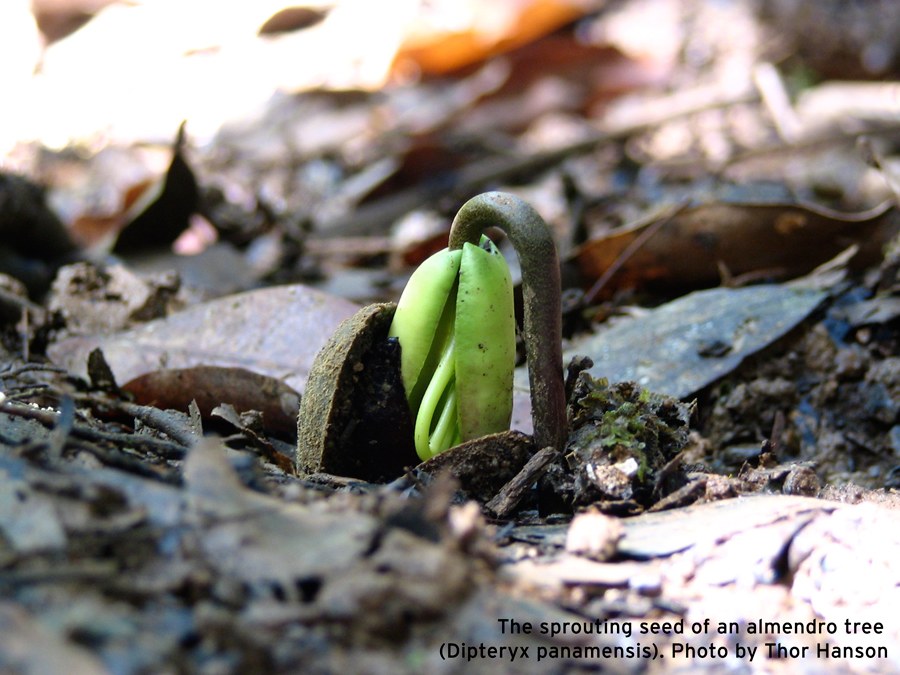
by Rose O’Donnell, Mountaineers Seattle Branch Naturalist
If you have breakfast at Thor Hanson’ home in the San Juans, you will experience the amazing variety of seeds: wheat in your pancakes, cotton for your pajamas, pepper in your bacon, jam from strawberries, and of course that most stimulating of seed brews – coffee.
Conservation biologist Thor Hanson is fascinated by seeds.
It started with his doctoral work studying seed-dispersal genetics in a Central American rain forest. Toward the end, he realized he still had questions about what prompted seeds’ germination, or how dormancy worked. It’s only natural, then, that Thor’s latest book is the well-received The Triumph of Seeds: How Grains, Nuts, Kernels, Pulses & Pips Conquered the Plant Kingdom and Shaped Human History.
Thor is a Guggenheim Fellow, a Switzer Environmental Fellow, and an award-winning author. His 2011 book, Feathers: The Evolution of a Natural Miracle, won the John Burroughs Medal.
He is an engaging speaker who will read from both books at a Naturalists Study Group lecture at 7pm November 11, 2015, in Goodman A at the Seattle Mountaineers Program Center.
Thor is captivated not only by the biology of seeds but by their human connection. Each feature that led to seeds outperforming their ancient predecessor, spores, also underlies the reasons humans benefit from them:
• The nourishment that seeds carry also feeds humans.
• Seeds’ profound innovation of breeding in the open air advanced the mixing of genes exponentially.
• Seeds become dormant and can be stored – and passed along.
• Their defenses are useful, even entertaining, to humans.
• Seeds set themselves up so animals, including early man, could help them travel.
Seeds have been described as a baby in a box with its lunch. The baby will turn into a new plant. The lunch is to nourish the plant that will emerge. The box is its transport system, often armed with defenses. “Each feature that makes seeds so successful also underlies the reasons we are dependent on them,” he says.
Luckily for humans, seeds’ “lunch” will also nourish us. Seeds transformed early nomadic hunters into farmers. In turn, we help the seeds find fertile ground. From the seeds’ defenses we derive spices, stimulants, pharmaceuticals, even poisons. Humans find so much benefit from seeds that our futures have intertwined: We are interdependent.
“The fundamental driver for the evolution of seeds is about the future,” Thor says. It’s a huge, complex process that is a form of time travel, putting the baby seed in just the right place to continue its genetic lineage.
“We feel a deep connection to seeds,” Thor says. We pass along Grammy’s favorite green beans, or Uncle Javier’s tomato that is best adapted to our climate. Seeds play a traditional role in human ceremonies: Rice has been thrown at weddings for generations.
Over time, humans learned to be creative with seeds, giving us hybrids that have evolved into today’s forays into genetic modification. Thor says GMOs join a long list of technologies humans have invented that we struggle to make peace with: nuclear power, for example, or drones. The challenge, he says, is to put parameters on their use, to find ways to control these technologies in ways we can be comfortable with. “We can agree on one thing,” Thor says. “It’s worth having this discussion.”
 Rose O'Donnell
Rose O'Donnell